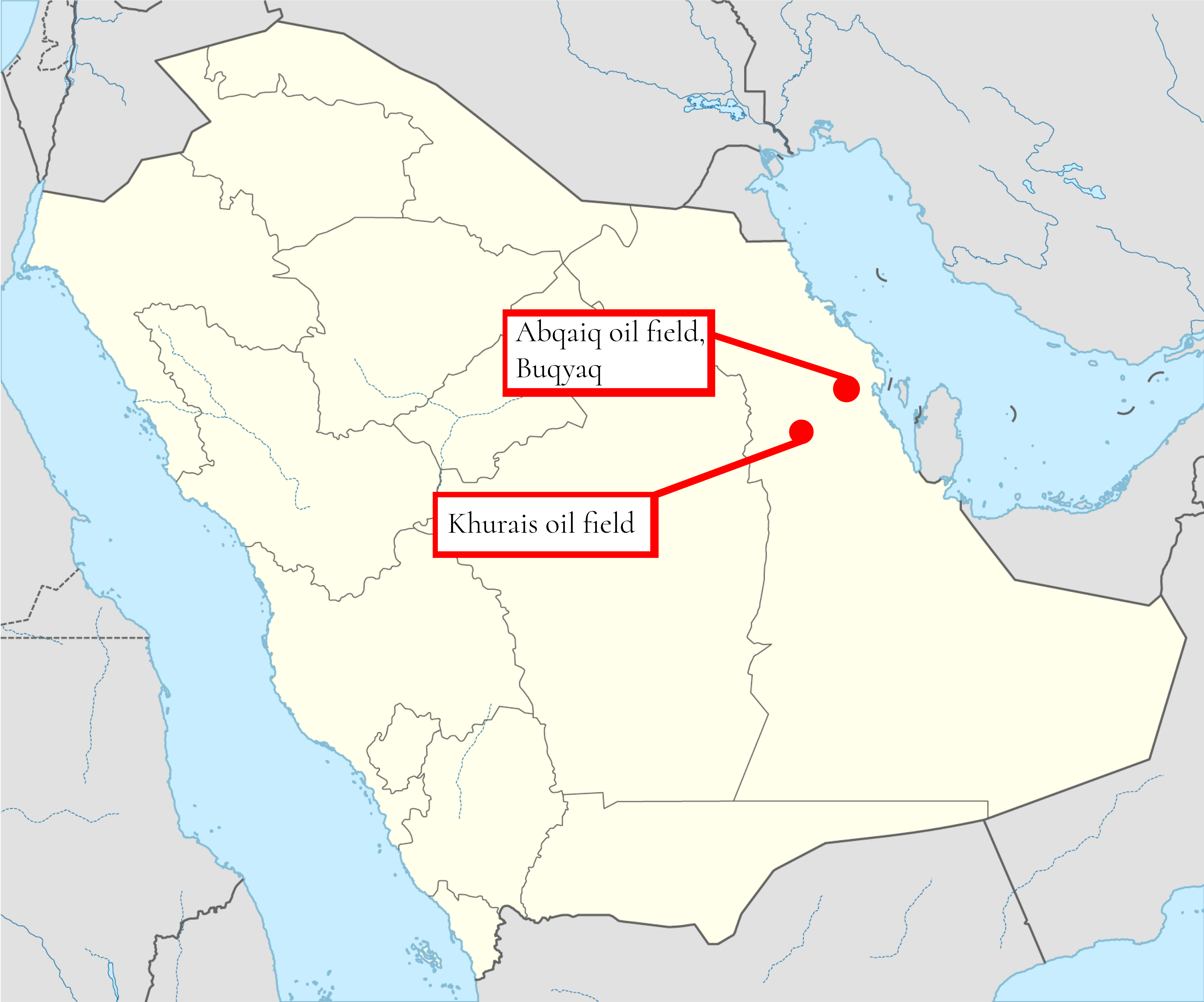Professor Ivan Jorrín-Abellán created the Hopscotch Model and created the Interactive Research Methods Lab with his co-developing team.
The research initiatives created by Jorrín-Abellán’s team serve as a tool for both student and faculty research, he said. His co-developers are Dr. Anete Vasquez, Dr. Mei-Lin Chang, Dr. Rachel Gaines, Dr. Jihye Kim, Dr. Olga Koz, and Connie Lane.
“These two initiatives aim to help students and faculty plan and develop research designs for their undergraduate research assignments, master capstone projects, research proposals and dissertations,” Jorrín-Abellán said.
Hopscotch was originally developed in 2014, and its most current version debuted in 2019.
“Hopscotch is a conceptual model and a web-tool created with the aim of helping novice researchers in the development of solid and well-informed research designs in social sciences and education,” Jorrín-Abellán said. “It was originally developed in 2014 as a tool to assist graduate students with the research methodological designs for their doctoral dissertations.”
Hopscotch has been used by over 700 KSU students, and 12 students within the Bagwell College of Education have used the research initiative for doctoral dissertation, Jorrín-Abellán said. Hopscotch has also been viewed in 132 different countries, and has been used by over 1,000 doctoral students throughout the United States, Spain, Thailand, China, and Columbia.
“Hopscotch utilizes textual, multimedia and web resources to guide the user through a nine-step recursive process, including the research topic and goals, the conceptual framework, research questions and design, data gathering and analysis, and the ethical principles guiding a study,” Jorrín-Abellán said.
Jorrín-Abellán’s second initiative, The Interactive Research Methods Lab, or IRML, is focused around his Hopscotch model.
“It offers a physical interactive space located in room BEB 403 of the Bagwell College of Education, as well as a virtual interactive space to be used online,” Jorrín-Abellán said.
The location of the IRML within the Bagwell College of education is built around Hopscotch’s 9 steps, Jorrín-Abellán said. The online version of the lab mimics the in-person version and includes a virtual tour of the area.
“Each step is placed on a customized decal on a dry-erase surface, where users can write down ideas and make decisions based on the information provided via original augmented reality contents,” Jorrín-Abellán said. “Both spaces are intended to help users develop well-informed research designs.”
Jorrín-Abellán has taught research methods to students in both the United States and Spain. Hopscotch and the IRML were created with these students in mind.
“When I came to KSU in 2014 I realized that my graduate students were having the same struggles that my former students at the Universities of Illinois and Valladolid of Spain had when making decisions among the plethora of philosophical frameworks, and methodological approaches existing in the field of Educational Research,” Jorrín-Abellán said.
Both learning about and teaching research methods to students is no small feat, Jorrín-Abellán said. This is what ultimately prompted him to create Hopscotch.
“At the time, I was deeply interested in finding ways of challenging traditional approaches to the teaching and learning of research methods,” Jorrín-Abellán said. “I needed to make sure that my students, future teachers, were able to learn how to generate and implement proper research designs for the promotion of effective data-driven decision-making practices at their schools.”
Jorrín-Abellán hopes to gain federal funding to provide a version of the IRML to teachers in different school districts. He also hopes to use federal funds to support the IRML’s operations.
“We would like schools and school districts to be able to use the lab for the analysis of their practices, so they can promote data-driven-decision-making positive change,” Jorrín-Abellán said. “Our research is based on the open science movement, and relies heavily on open-source software.”


